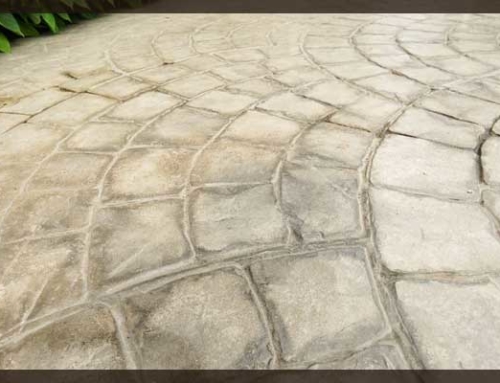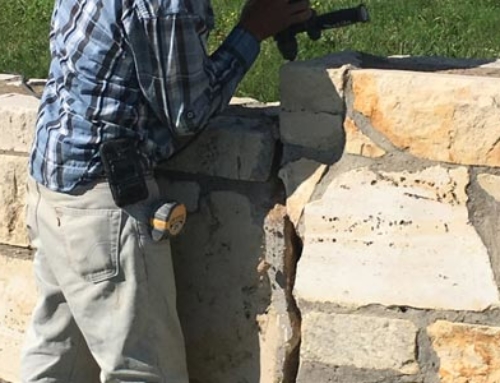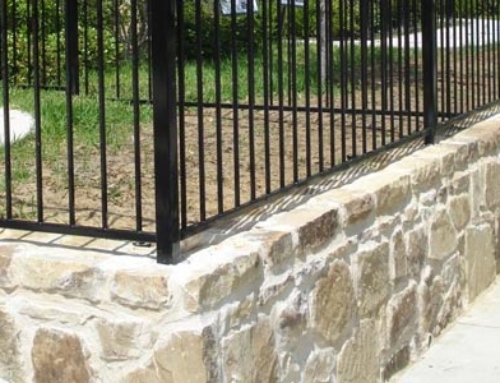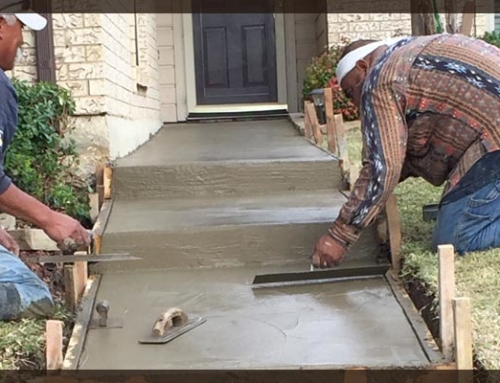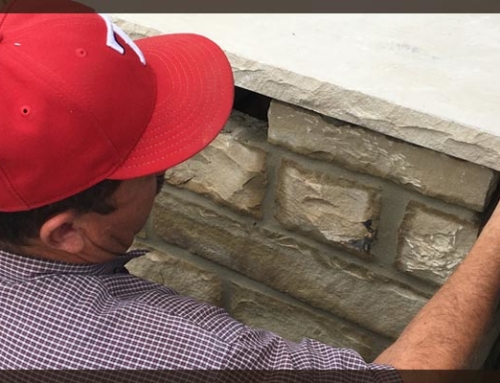A brick wall is of rather rigid construction, meaning that as the foundation it resides on shifts and moves over time, it can become cracked or otherwise damaged. This can be true of any constructed brick wall, even ones erected by the most masterful brick wall mason. Unfortunately, time has a way of affecting all things, and brick walls are not excluded from that fact.
There are numerous factors that come into play, here. The material that the bricks are composed of, changes in temperature and moisture are the most common elements that contribute to brick wall damage. Cracking, spalling and efflorescence can impact the appearance and functionality of your brick walls.
Below, we will explain what these damage patterns are, and what they reveal about the environment’s impact on brick structures.
Cracking
Over the span of their career, a brick wall mason will see cracking occur in three different locations most of the time: above windows, in the field of the brick wall itself, or at the foundation. These occur for different reasons and require different methods of repair to prevent becoming bigger, more expensive issues.
A too-small lintel on a window head can cause the masonry work to deflect in the middle and cause a crack that spreads upwards. Uneven foundation settling can cause shifts (and therefore cracks) at any point along the expanse of brick wall. The expansion and contraction of brick and concrete at different rates can contribute to some pretty severe cracks at the foundation of a building that has brick walls.
Spalling
Spalling refers to the crumbling of bricks when pieces of a brick might begin to flake away and compromise the integrity of the brick that it came from. There are numerous causes of spalling, the most common culprits being:
- Brick coatings placed over the bricks, which interferes with adequate drainage
- Certain materials, like soft clay, that are more susceptible to water damages
- Movement of the structure itself, like when a building settles upon its foundation
- Excessive moisture, such as from powerful storms or high-pressure washing of the brick
- Sand blasting of the masonry
- The use of chemicals in cleaning masonry
How far this damage extends depends on how long the brick has been exposed and how porous the material of the brick is.
Efflorescence
When a white substance forms on any side of a brick, this is called efflorescence. Excessive moisture exposure causes this unsightly occurrence, as salts are collected when water enters the brick and becomes crystallized. Surface efflorescence can often be remedied with a simple scrubbing of the affected area, but efflorescence occurring in older buildings could be indicative of a bigger problem. If a building has been erected for a very long time and suddenly shows this crystallized formation on its surfaces, this suggests that there has been a long-standing moisture issue in the building.
The Role of a Brick Wall Mason
A certified, insured and reputable brick wall mason will be able to tackle efflorescence, spalling and cracking with professionalism and efficiency. As they have access to all of the tools of the trade as well as the knowledge to address and diagnose these problems with accuracy, masonry contractors are best suited for tackling these jobs. Attempting to repair some of the more problematic issues, like cracks along the foundation where the brick wall ends, you could cause bigger problems that will be more expensive to fix.


